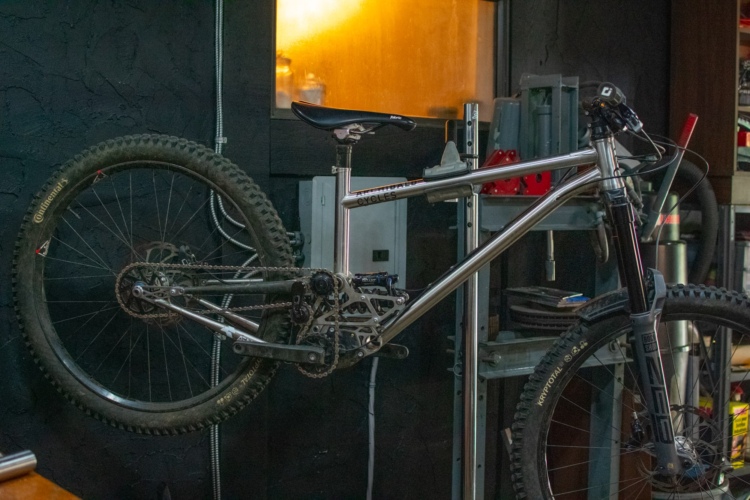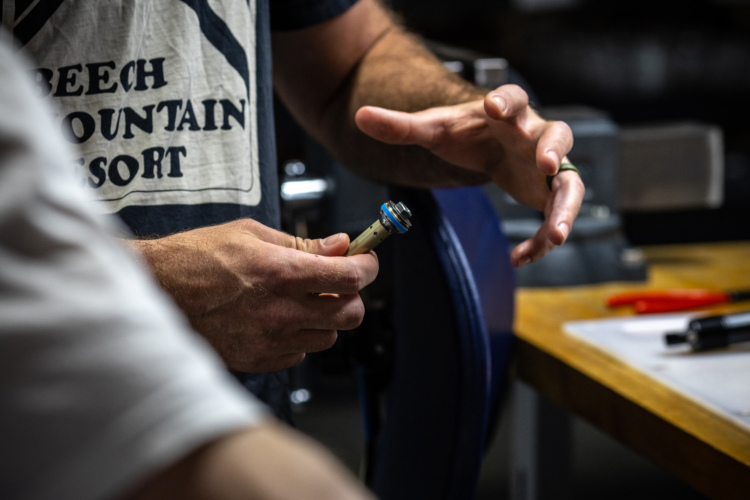
Colin Ryan is a Senior Development Engineer at Norco and was involved in the design of the latest Norco Optic trail bike which features a high-pivot design. Prior to joining Norco he worked at General Kinetics testing and developing shock absorbers for military and construction equipment.
- At a basic level, what problem does a high pivot design solve? Is there a certain type of riding that benefits from having a high pivot?
- What are the drawbacks to the design?
- Does a high pivot design improve longevity for certain components?
- With less chain wrap on the crank, are dropped chains an issue with a high pivot setup?
- How does the placement of the idler pulley affect performance? What about the number of teeth on the idler cog?
- Did moving from a traditional setup to high-pivot change the ride feel of the Norco Optic significantly?
- The decision to use a high pivot on a short, 125mm travel bike is a controversial one. Why do you think that is?
- The latest Optic is said to be lighter than the previous version. How much weight does the idler hardware add, and how did you manage to make the bike lighter overall?
- How is the intended use of the Optic different from the Fluid which has a very similar amount of travel (140/130mm)?
- What’s next for high pivot mountain bike designs?
See the Norco Optic and other high pivot bikes from the brand at norco.com.
Support this Podcast
- Review the Singletracks podcast on Apple Podcasts for the chance to win a free hat. Or drop your feedback in the comments below!
- Make a donation to help sustain future episodes.
- Become a Singletracks Pro Supporter.
Never Miss an Episode
- Listen on Spotify
- Listen on Apple Podcasts
- Listen on Google Podcasts
- Listen on Stitcher
- Listen on Overcast
- Get the RSS Feed
- View all Podcast Episodes




















0 Comments